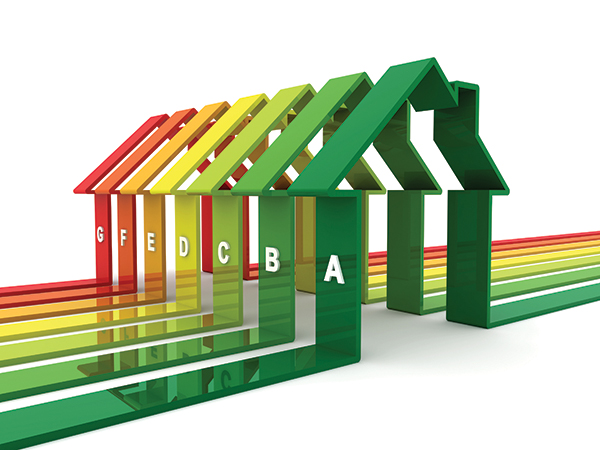Air Tightness
In traditional British housing, uncontrolled air leakage accounts for up to 50 percent of heat loss. This keeps your energy bills high and undermines the long-term performance of your house.
Where to reduce air leakage
As we become more energy conscious about how we construct new housing, priority must be given to ways of
reducing air leakage. This means better windows, better sealing around wall penetrations such as wires, pipes and vents, and better wall construction. Using modern methods of construction like factory pre-engineered closed timber frame panels goes a long way to cutting air leakage. The factory product is almost completely air tight, and the only thing required of the on-site construction team is to crane the panels into place, and seal the areas between the panels.
Testing for air leakage
We can actually test the air leakage in the houses we build. By using an air depressurisation – or blower door – test, we can determine the rate of air leakage in the building. For good energy efficiency, an air leakage rate of under 4 air changes per hour at test pressure is recommended. Lower than that is even better. Energy efficient house programs like Canada’s
Super E® require air leakage of 1.5 air changes per hour. PassivHaus requires air leakage even lower.
Reduced air leakage saves energy, reduces the admission of outside noise and, when combined with proper ventilation, provides the house with healthy, low-dust indoor air. Proper ventilation includes the installation of mechanical ventilation with heat recovery (MVHR).
How MVHRs work
An MVHR unit continually exhausts stale air and replenishes it with fresh air from outside. The outgoing stale air is usually warmer than the incoming fresh air, so the two streams are passed over each other, without touching, and the outgoing air warms up the incoming air, preserving the heat and lowering your energy bills.
Lower indoor humidity
Warm air holds more moisture than cold air, so the stale air you are exhausting is also carrying a lot of moisture. The fresh air coming in has less moisture in it (even if it’s raining outside), so the MVHR also controls indoor humidity. Low- and zero-carbon buildings the world over have demonstrated a very air tight house with an MVHR system is the best way to achieve superior energy performance and maintain a healthy, comfortable indoor climate.



